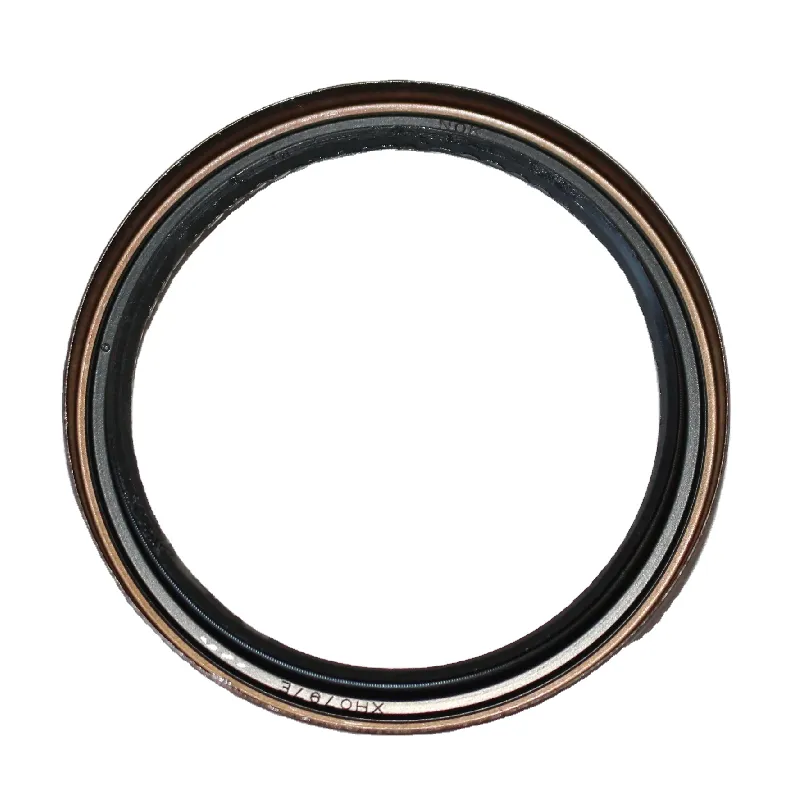mechanical shaft
Understanding Mechanical Shafts The Backbone of Rotational Systems
Mechanical shafts are critical components in various engineering applications, serving as the backbone of many rotational systems. From automotive to aerospace, industrial machinery to electric motors, shafts play a pivotal role in transmitting power and motion. This article delves into the fundamental aspects of mechanical shafts, highlighting their design, types, applications, and maintenance.
What is a Mechanical Shaft?
A mechanical shaft is a long, cylindrical component that transmits torque and rotation from one part of a machine to another. Typically made from materials like steel or aluminum, shafts are designed to withstand torsional stress while minimizing bending moments. Their design is crucial as it impacts the efficiency and durability of the machinery in which they are used.
Design Considerations
The design of a mechanical shaft involves evaluating several key factors, including diameter, length, material, and surface finish
. Calculating the shaft diameter is vital, as it directly affects the shaft's ability to transmit torque. Engineers often use formulas derived from mechanics to determine the optimal diameter, taking into account the material's yield strength and expected load conditions.In addition, the length of a shaft influences its bending stiffness. Longer shafts may require support bearings to minimize deflections, which can lead to misalignment and premature wear. Moreover, the surface finish is essential for reducing friction, minimizing wear, and ensuring efficient performance. Shafts often undergo processes like grinding, hardening, or coating to enhance their surface properties.
Types of Mechanical Shafts
Mechanical shafts can be classified into several categories based on their applications and design characteristics
1. Solid Shafts These are solid cylindrical rods capable of transmitting high torque. Commonly used in bridges and heavy machinery, solid shafts offer robust strength and durability.
mechanical shaft

2. Hollow Shafts Hollow shafts are lighter and can transmit torque effectively while using less material. They are commonly found in applications where weight reduction is crucial, such as in automotive drive shafts.
3. Flexible Shafts These shafts can bend and twist, making them suitable for applications where rigid shafts cannot fit. They are often used in dental drills and certain power tools, ensuring flexibility in tight spaces.
4. Transmission Shafts Found in vehicles, these shafts transfer power from the engine to the wheels. An essential component, they often have to accommodate changes in angle and alignment through universal joints.
Applications of Mechanical Shafts
Mechanical shafts are integral to numerous industries. In automotive engineering, they serve as drive shafts and crankshafts, facilitating the conversion of linear motion into rotational motion. In manufacturing, they are used in conveyor systems and robotic arms, wherein precision motion control is essential.
In aerospace, shafts power turbojet engines and serve various functions in aircraft systems. The wind energy sector also employs shafts in wind turbines, transmitting energy produced by rotating blades to generators.
Maintenance of Mechanical Shafts
To ensure the longevity and reliability of mechanical shafts, regular maintenance is necessary. Key maintenance practices include
- Lubrication Ensures that friction is minimized, reducing wear and tear. - Alignment Checks Misalignment can lead to excessive stress, which can shorten the shaft's lifespan. Periodic checks help ensure proper alignment. - Inspection Routine inspections for signs of wear, corrosion, or cracks help identify potential failures before they occur.
In conclusion, mechanical shafts are vital components that facilitate the efficient transmission of power across various industries. Their design and material selection are crucial for ensuring performance and longevity, while regular maintenance plays a significant role in preventing costly failures. As technology advances, the evolution of materials and manufacturing processes will continue to enhance the performance of mechanical shafts, paving the way for even more demanding applications in the future.
-
Understanding the Front Main Engine Seal: Purpose, Maintenance, and Installation
News Jul.29,2025
-
Understanding O-Rings and Seal Rings: Types, Applications, and Custom Solutions
News Jul.29,2025
-
Understanding Crankshaft Oil Seals: Rear Seals, Pulley Seals, and Their Role in Engine Integrity
News Jul.29,2025
-
The Importance of Front and Rear Crankshaft Seals in Engine Performance and Oil Management
News Jul.29,2025
-
Crank Oil Seals: Functions, Types, and Cost Considerations in Engine Maintenance
News Jul.29,2025
-
A Comprehensive Guide to O-Rings and Seals: Types, Materials, and Global Applications
News Jul.29,2025
-
Mastering Diesel and Performance Engine Maintenance: A Guide to Critical Oil Gaskets
News Jul.28,2025
Products categories















